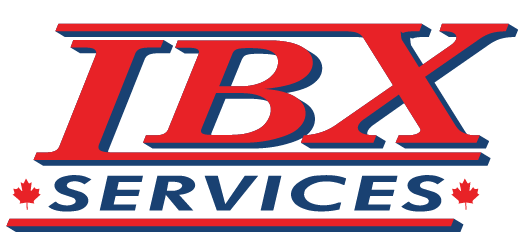While for many people the kitchen is a place to express one’s creativity and prepare meals that unite the family, for others, it is a room in their house or apartment they hardly use. For some, learning to cook and navigate in the kitchen is a unique skill. No matter how skilled you are in the kitchen, mistakes still happen that can lead to a severe kitchen fire.
Which are some Dangerous Habits that can lead to Kitchen Fire?
The majority of house fires in Canada are caused by kitchen fires. Here are some typical practices to avoid prevent a kitchen fire:
Leaving your Kitchen Unattended
The Canadian Fire Safety Association claims that leaving your kitchen unattended while you’re cooking is the main reason for kitchen fires. Turn off the stove if you need to quickly leave to use the restroom or open the door. A fire might easily start in the brief time that you are absent.
Frying with Oil
Oil-based cooking methods require constant attention whenever you fry or grill something. When there is oil residue left on the stovetops, it can help the fire spread more quickly and still start a fire the following time someone cooks.
Oil should be used while cooking and frying:
- Just enough oil should be added to the pan bottom to prevent your food from becoming submerged.
- Gently pour your meal into the pan to prevent oil splatter.
- To ensure that there is no grease or oil splatter on any surface, clean the whole cooking area and surfaces.
- DO NOT put out the flames with water if your pan does catch fire. This will just fuel the fire’s growth. Put on oven mitts, carefully cover the pan with a non-glass lid to put out the flames, and then switch off the stove, if you can.
An excessively high frying temperature
To effectively cook your food, your stovetop or oven doesn’t need to be turned all the way up. Setting your equipment to dangerously high temperatures is incredibly dangerous, despite the fact that you could be hungry and simply want to finish cooking.
As was previously mentioned, oil and food combustion are a recipe for disasters and are the main causes of kitchen fires. Don’t keep your stove or oven running while it is preheated to the appropriate cooking temperature. Never allow the flame to touch the top of a pot or pan on a gas burner. Stay calm and do as the recipe instructs.
Wearing Baggy Clothing near your stove
Even though less than 1% of all home cooking fires each year are caused by clothing ignitions, this category is nonetheless responsible for a significant number of fire-related deaths. If the fabric gets trapped on the stove or comes into touch with a burner, loose and skin-tight clothing may catch fire.
Depending on the fabric, your clothing will either burn quickly or slowly. Within only a few seconds, cotton and linen can be lit and burned swiftly. While synthetic materials like polyester, nylon, and spandex won’t burn as quickly, melting synthetic materials right on your skin makes them extremely hazardous. When cooking, a fire-resistant bib and form-fitting clothing are the best pieces of equipment to wear.
Left-over Flammable Substances close to an Open Flame or other Burning Sources
There are numerous combustible items in your kitchen. Never leave anything like towels, paper towels, trash, food containers, cookbooks, recipe cards, or wooden tools around or close to your stove or oven. It’s crucial to keep any materials that are extremely flammable or combustible away from your cooking areas.
Which are the most Common Steps to Clean Up a Kitchen Fire?
The center of everyday activities is likely your kitchen. You can feed your family there, host guests there, or even hide out for a sneaky midnight snack. Since the kitchen is the center of any house, a fire there can be especially disastrous. Your daily schedule could be disrupted and severe harm could be done even by a minor fire.
Protecting yourself and others who rely on you is the most crucial thing to do in the event of a kitchen fire. Regularly create and test your fire safety plan. Once a kitchen fire is extinguished, consider these steps from the experts at IBX Services fire damage restoration to keep safe, clean up and get the heart of your house healthy again.
- Always put on safety gear when putting out a fire
- Eat and drink away from dangerous materials
- Ventilate the space by opening windows to let smoke and odors leave
- First, remove usable, useful, and significant stuff
- Dispose of trash and useless objects
- To access the inner space, take off the kitchen cupboards and drawers
- Appliances made of stainless steel and other metallic surfaces should be cleaned
- Use a non-soap alkaline detergent to clean painted and plastic surfaces
- Replace your air filters
Depending on the origin and extent of the fire, different cleaning techniques will be needed. It’s not just in the kitchen that smoke and soot particles from your vents can stick to clothes and surfaces. To stop mold growth, you’ll also need to minimize water damage if sprinklers are activated during the fire.
Keep in touch with IBX Services fire damage experts for trustworthy assistance and advice on what to do or need help cleaning up after a kitchen fire. Call our fire damage crew who is on hand 24/7/365 with the cutting-edge equipment and tried-and-true methods you require to quickly restore your home and way of life after a fire disaster.


